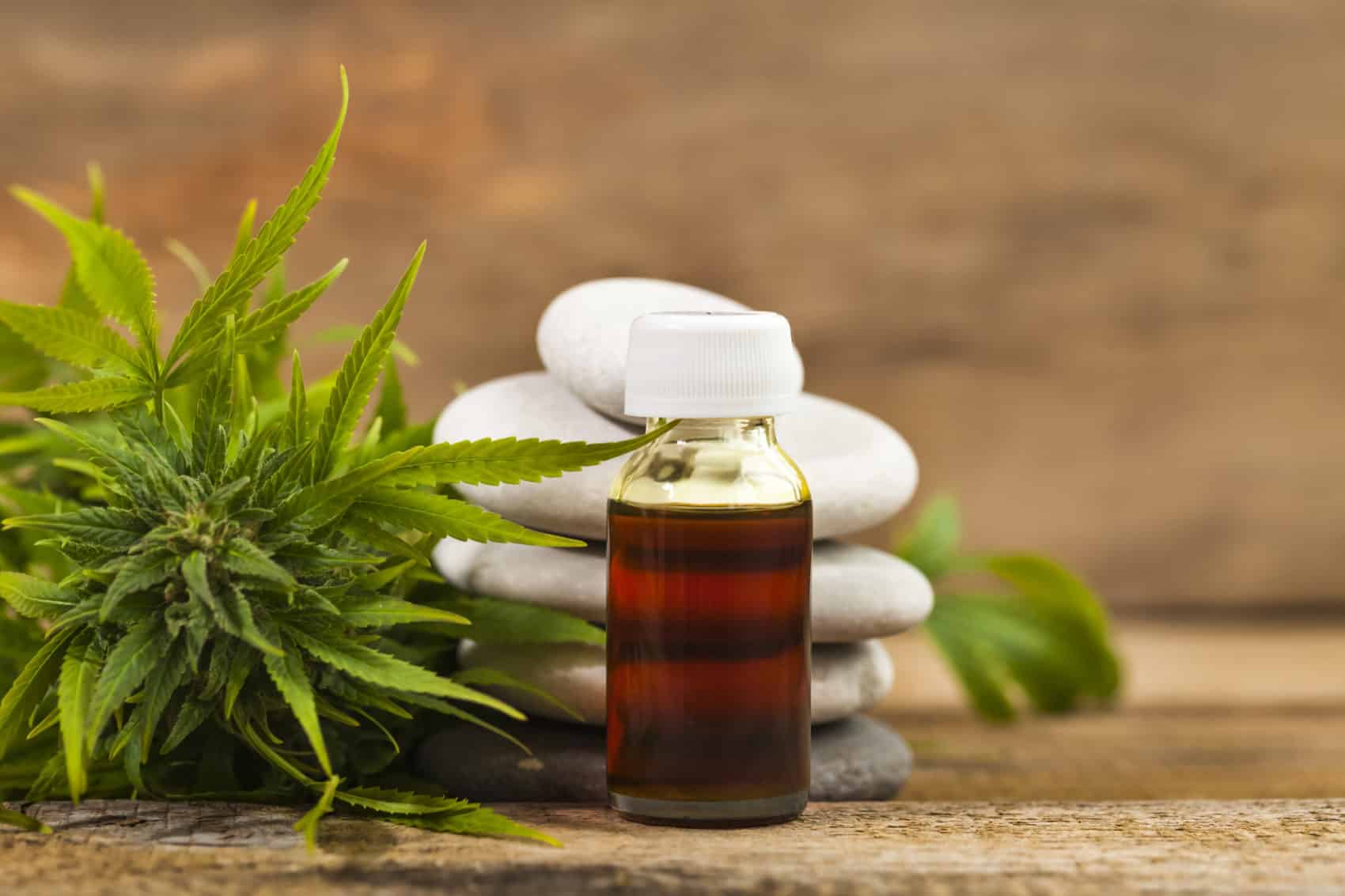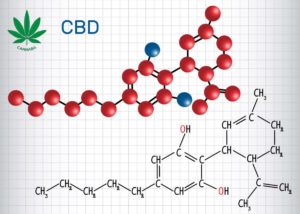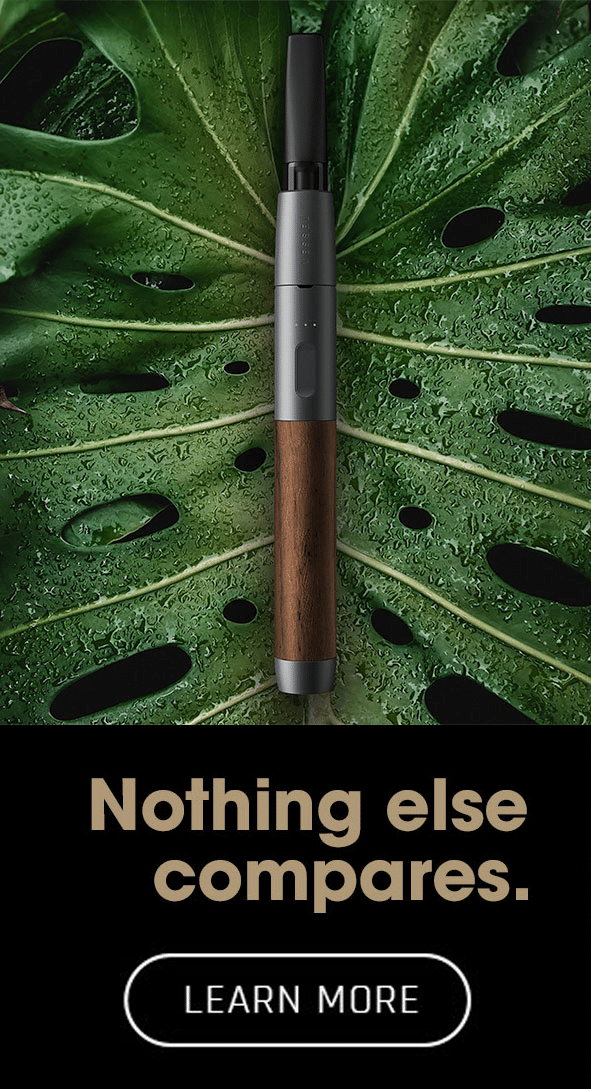How many people do you know that are using CBD?
If you’ve heard of CBD, you’ve probably also heard of some of the amazing benefits this natural solution can offer. However, chances are good there are even more CBD uses you’ve never heard about.
Ready to expand your knowledge of CBD uses? In this detailed guide to the many different uses for CBD, we’ll talk about some CBD applications you may not know of.
Sometimes, the effectiveness of CBD depends on how you apply it, so we’ll also go over some different ways to take it. Keep reading to learn everything you need to know about CBD uses!
CBD oil was first developed after the medical benefits of CBD were discovered. Marijuana breeders developed high-CBD, low-THC strains and used them to create extracts that are now used to treat a variety of things.
Although CBD oil is relatively new, high-CBD strains have been around for a long time, and many uses for CBD oil are already well-known. Here are a few of the more common CBD uses in existence today.
1. Pain Relief
Pain relief is possibly the most well-known use for CBD today. This natural pain relief method is far better than taking over-the-counter and prescription drugs for long-term pain relief.
Other pain medications, such as acetaminophen, can cause liver damage over the long run. Prescription pain relievers, such as opioids, come with the dangerous risk of addiction.
However, CBD offers safe, effective pain relief with no risk of addiction and minimal side effects.
The reason CBD works on pain (and many other issues as well) is because of the body’s endocannabinoid system. We have natural cannabinoids and cannabinoid receptors in our bodies, which help regulate things like emotions, sleep, and pain.
When this natural regulation system fails, taking cannabinoids in the form of CBD can help by interacting with our natural cannabinoid receptors. Studies have shown that CBD is effective in treating chronic and short-term pain from many different causes.
It’s also an anti-inflammatory, which can help the root cause of pain on another level by reducing swelling.
2. Antipsychotic Medication
Many antipsychotic medications come with terrifying side effects.
Some people who take antipsychotics in the long term may suffer from side effects like uncontrollable muscle spasms and other movement disorders that can become permanent. Other side effects, like weight gain and muscle cramps, are less dramatic but still unpleasant.
However, CBD also shows promise as an antipsychotic with none of these debilitating effects. In studies, people treated with CBD have been found to show less psychotic symptoms than those who were given placebos.
Although THC can actually worsen the psychotic effects for some people, CBD seems to have the opposite effect. With CBD, patients with serious disorders like schizophrenia may finally have a treatment option that they can realistically use in the long term.
3. Anxiety Medication
Studies on humans and animals have also shown that CBD is a promising anti-anxiety treatment.
These studies suggest that CBD may be good for everything from social anxiety to obsessive-compulsive disorder, panic disorder, and PTSD.
In one study, patients were given a public speaking test. Those who took CBD had less anxiety and discomfort during the speech, as well as better cognitive abilities. Those who took a placebo were more uncomfortable and anxious, with higher cognitive impairment.
4. Fighting Cancer
CBD has gotten a lot of press as a potential cancer treatment, for good reason.
According to research, treatment with CBD might be able to slow the growth and spread of cancer cells. In 2006, a study on breast cancer discovered that CBD slowed the growth of cancer cells, but did little to non-cancerous cells.
It’s not yet clear why CBD seems to slow the growth of – or sometimes even kill off – cancer cells. However, CBD is also an effective treatment for many of the side effects caused by cancer and conventional cancer treatments.
CBD can help control nausea and spark appetites for patients who are being treated with chemotherapy. The pain relieving properties can also help with cancer-related pain.
5. Nausea Relief
Another one of the most common CBD uses is to relieve nausea. As mentioned above, many cancer patients benefit from CBD while undergoing chemo. Other people who suffer from occasional or chronic nausea also find that CBD helps.
Nausea relief was actually recorded as a medicinal use for cannabis hundreds of years ago. Today, CBD allows people who don’t like getting high to get the same benefit.
Modern research supports these findings. One important side note, though: low doses of CBD are effective nausea treatment, but high doses may have the opposite effect.
6. Seizure Treatment
CBD oil was popularized in part because it was used to treat rare epileptic disorders in children. Kids who were treated with CBD went from having as many as hundreds of seizures in a week to just a few over the course of months.
Many types of epilepsy and other seizure disorders resist conventional treatment. CBD offers a long-term solution for people with these disorders, and for parents of children with these disorders.
7. Prevent Diabetes
In 2006, a study on mice (who weren’t obese) found that those treated with CBD were much less likely to develop diabetes than those who weren’t.
A study on humans found that people who used marijuana had lower insulin levels while fasting than those who did not. It was also found that marijuana use was correlated to a lower waist circumference – something that is often linked to diabetes.
8. Improve Heart Health
Research also shows that CBD can help protect against heart damage caused by things like inflammation and diabetes. It also helped with the growth and survival of blood cells, making this a promising treatment for cardiovascular health.
Little-Known CBD Uses
In addition to these well-known CBD uses, there are many uses that are new or rarely talked about but still amazing. Let’s take a look at the less-known CBD uses out there.
1. Combat Addiction
A study on smokers gave one group an inhaler with CBD in it, and the other group an inhaler with a placebo. They were requested to take the inhaler whenever they felt the desire to smoke a cigarette.
The people with the placebos didn’t have any change in the number of cigarettes they smoked over the course of the study. However, the people with CBD inhalers smoked about 40 percent less on average.
The CBD also didn’t seem to make them crave cigarettes more, even though they were smoking less. This makes CBD a promising treatment for those looking to quit smoking. With more research, it might even be found to be effective for treating other types of addiction.
2. Clear Up Acne
Another study suggests that CBD might be an effective treatment for acne.
CBD was used on the sebaceous glands, which are responsible for producing the skin’s natural oils. Overactive glands can contribute to acne. CBD acted as an anti-inflammatory on these glands and helped prevent the growth of acne.
3. Treat Fibromyalgia
Fibromyalgia, a chronic pain condition, is notoriously difficult to treat. It’s often treated using anti-inflammatory medications and prescription opioids, which come with the risk for addiction.
However, CBD is known as a pain reliever and anti-inflammatory, which gives it the potential to treat fibromyalgia patients. A study found that CBD could help treat the symptoms of the disease, such as pain, giving patients a better quality of life.
This study measured CBD against traditional treatments. It showed that patients using CBD saw more symptom relief than those who use the traditional methods.
4. Fight Mad Cow Disease
Mad cow disease is a frightening disorder that causes damage to the nervous system. It’s believed to be caused by prions, a type of protein that becomes abnormal when an individual contracts mad cow.
These abnormal prions cause damage to the brain and spinal cord. This leads to changes in behavior, psychiatric problems, and eventually, death.
Surprisingly, CBD seems to stop abnormal prions from forming, which can slow the onset of the disease. With more research, CBD may be able to increase life expectancy for people infected with mad cow and related diseases.
5. Treat Crohn’s Disease
One thing the body’s endocannabinoid system is responsible for is the function of the digestive system. Treating digestive system disorders like Crohn’s disease is another one of the lesser-known CBD uses.
The anti-inflammatory properties of CBD can also help patients with Crohn’s and related diseases get relief from symptoms.
6. Treat Multiple Sclerosis
Multiple sclerosis is yet another chronic disease that CBD can help treat. Studies on mice found that CBD treatment improved motor skills and reduced symptoms of the disease.
MS causes long-term, progressive damage to the immune and nervous systems. This is a debilitating disease, and conventional medicines can have unpleasant side effects. However, CBD has also shown promise in treating the symptoms of the disease in humans, increasing quality of life for MS patients.
7. Sleep Aid
Many people may use weed to fall asleep. Certain THC-heavy strains have effects like relaxation and sleepiness. However, not everyone knows that CBD can also help with sleep, even though it has no psychoactive effects.
One of the best CBD uses is to treat insomnia. Tiredness is actually one of the few side effects of CBD, and for many people, that’s a good thing. A lot of pharmaceutical sleep aids have dangerous side effects or risks of addiction.
However, CBD is safe, isn’t habit-forming, and won’t leave any lingering effects the next day.
How to Take CBD
Are you thinking about using CBD to combat one of the problems on this list? You’ll have better results depending on how you take it.
Different CBD uses have different ideal application methods. There are a lot of ways to take CBD, but we’ll go over a few of the most common ones here.
1. Tinctures
This is one of the more common ways to take CBD. Tinctures tend to be fairly pure, although they are sometimes flavored in order to be easier to take. To take a CBD tincture, you’ll put a couple of drops directly in your mouth or in your food or drink.
You’ll need to pay close attention to dosage, since many tinctures come in a wide variety of strengths. The longer you hold it in your mouth (usually under your tongue) the stronger your results will be.
2. Oil
Concentrated CBD oil is another popular way to take CBD orally.
Most CBD uses are perfect for oral applications. Concentrates can be better or worse depending on how they are made, though.
If your CBD extract is made using butane or hexane, it could be contaminated. Look for an oil or concentrate made using a more pure method, such as CO2 extraction, instead.
One drawback of CBD oil is that some people may not like the taste. However, overall, oil is a quick, easy, and convenient way to take CBD.
3. Capsules
If you want to avoid the taste – as well as the stigma of having a bottle of CBD oil or tincture in your cabinet – you might want to try CBD capsules.
A lot of people find capsules easier to take, and less messy. It’s easy to remember to take a capsule if you already take daily vitamins or other pills.
For a lot of CBD uses, the dosage is important. A capsule helps ensure you get it right by taking the guesswork out of measuring doses. However, capsules don’t let you make small adjustments to the dosage size. If you want to try adding incrementally more CBD, you might need an oil or tincture as well as pills.
4. Topical
Another great way to use CBD is in the topical form. This is ideal for CBD uses that have to do with localized pain relief.
In the topical form, you’ll apply a lotion, balm, or other CBD topical to the affected area of your body. Your skin will absorb the CBD, placing the benefits where they’re needed most.
Want to Learn More About CBD Uses?
There are countless CBD uses, and more are being discovered with new research each year.
Interesting in learning more? Check out some of the top health benefits of cannabis oil here.









As a Newbie, I am constantly exploring online for articles that can be of assistance to me. Thank you